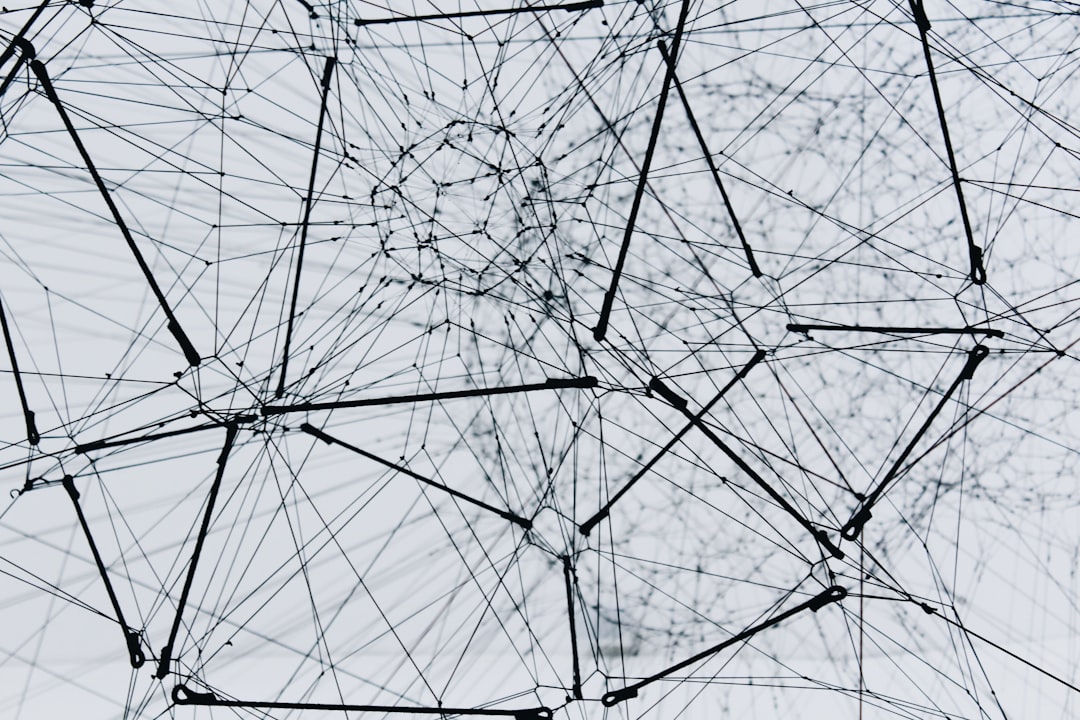What is it about?
Running multiple physics solvers simultaneously (multiphysics) is common in sciences but rare for visual effects. This paper describes a system called Loki which focuses on making multiphysics useful for visual effects and the impact it has had on making movies.
Featured Image

Photo by Christoffer Engström on Unsplash
Why is it important?
Multiphysics offers a way to improve the quality of simulations and make things like digital water, explosions, hair and cloth more convincing in films. Our design process and final system offers a playbook for how to make multiphysics for visual effects easier for non-technical users to setup and for technical developers to implement. Some significant findings include the importance of hiding scheduling from the users, the flexibility beyond coupling of multiphysics, and some lessons we can learn from the rendering community such as an intermediate staged pipeline.
Perspectives
This paper is both an insight into a specific system for simulation in visual effects as well as a window into the goals, constraints, and motivation for simulation tools at one of the major visual effects companies. Even if the system itself may not be the best fit for the reader, the analysis of how simulation systems for visual effects are evaluated can still be useful for anyone who wants to write solvers targeting artists working in visual effects or animation.
Steve Lesser
Weta Digital Ltd
Read the Original
This page is a summary of: Loki, ACM Transactions on Graphics, July 2022, ACM (Association for Computing Machinery),
DOI: 10.1145/3528223.3530058.
You can read the full text:
Contributors
The following have contributed to this page










